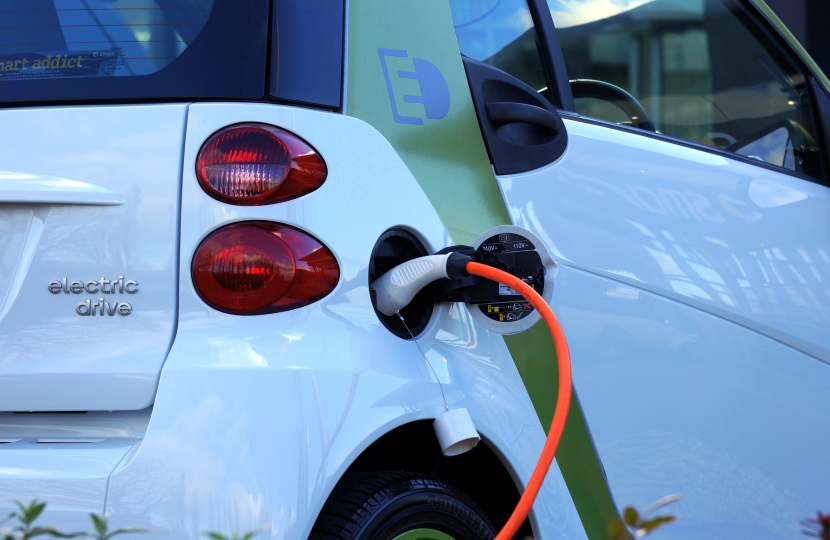
My article for this week's Herald and Post...
Tata’s announcement of its plans to build a ‘gigafactory’ in Somerset grabbed headlines last week.
This gigafactory, which is essentially an enormous battery factory for electric vehicles, will help to hasten the shift to electric cars and propel us towards our net zero target.
A few weeks ago in Petersfield at my public meeting, we debated at length the government’s plans to transition to renewable energy sources and move away from fossil fuels. During this discussion, we talked about how to store excess energy created by solar power. Batteries, and our ability to manufacture them here, is a subject always raised at these meetings.
Whilst it’s true that we have decarbonised our electricity supply faster than any other nation, there will always be a cry to do more and to do it faster.
One day, I hope to see our country fully powered by renewable energy but that will only be possible by a step change in how we capture and store the energy produced. Innovation is key and battery technology is the future.
That’s why Tata’s decision to invest here in the UK is so important. We need batteries, and lots of them. Not just for electric vehicles, but to power our homes, businesses and infrastructure.
We already have working examples in the UK of what this future could look like. Highwind Scotland, the first floating windfarm, powers 36,000 homes, with the potential for more. Our ambition to produce more than enough power from offshore wind for every home in the UK by 2030 is a truly exciting one.
Research and development into mass-produced batteries to store renewable energy is happening all over the UK.
The Farraday Battery Challenge – a joint government initiative with the Farraday Institution – is working to find solutions to the perennial problem of how to store domestic energy for long periods in a cost effective way. In addition, over 20 projects have been granted funding to develop the next generation of batteries –this could be anything from thermal batteries to converting energy to hydrogen.
A key challenge in this work is to create batteries that don’t rely overly on another nation’s raw materials, in this case China. Forty percent of the world’s supply of rare earth elements (cobalt, graphite, nickel and lithium) currently needed in battery production are found in China.
With homegrown renewable energy and reliable storage, comes energy security. Reduced need for foreign imports, no reliance on Russia, and less price volatility.
Petrol and diesel cars still generate a large proportion of our total emissions each year, despite cars becoming more fuel efficient, so this move by Tata is very welcome news indeed. It will undoubtedly increase uptake of electric vehicles well before the 2030 cut off for new diesel and petrol car production and set us on the path to becoming a greener nation.


